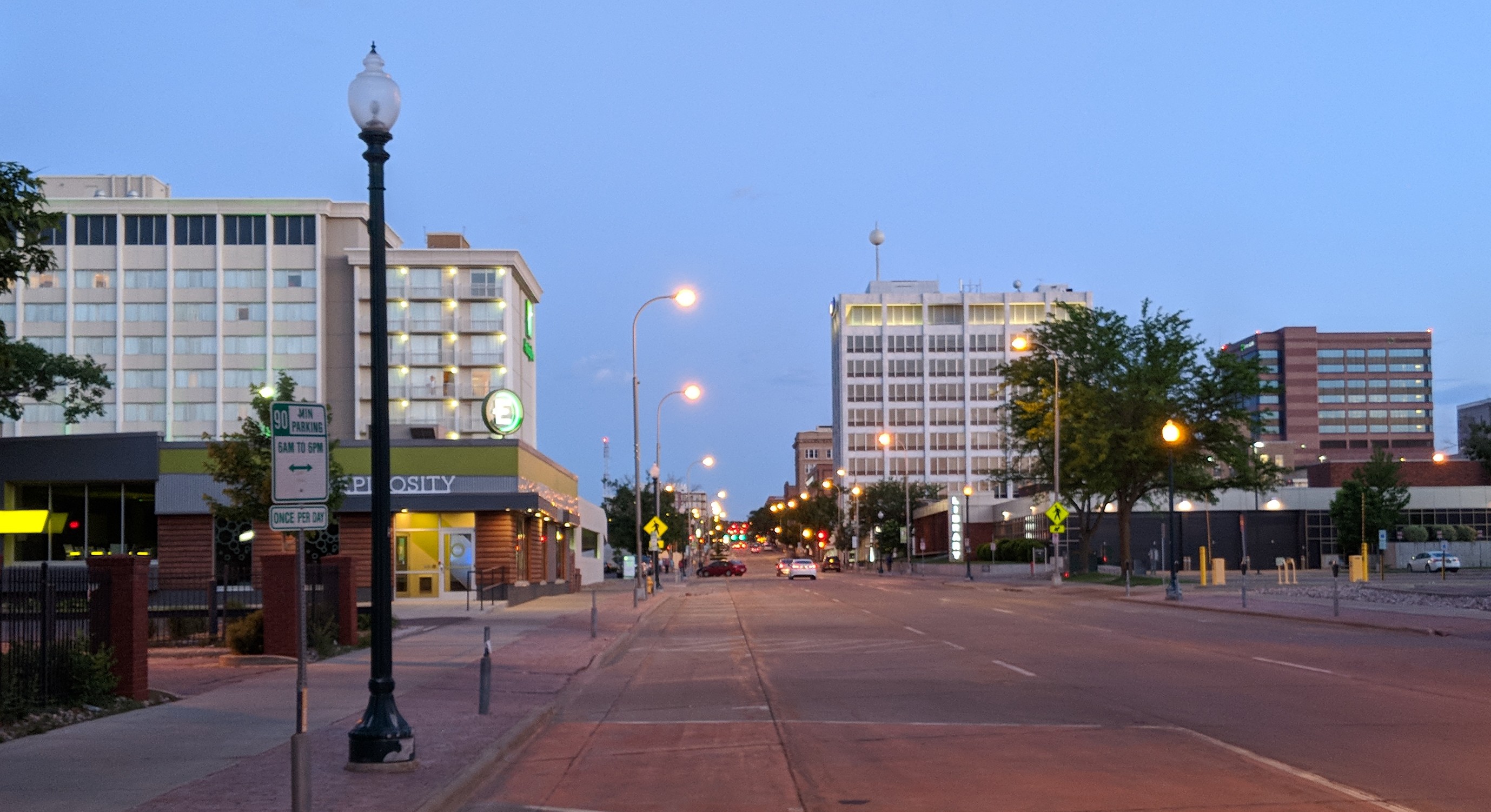|
Ralph Homan
Ralph Duane Homan (November 30, 1928 – May 8, 2013) was an American politician and businessman. Background Born near Scotland, South Dakota, on his family's farm, Homan served in the United States Army during the Korean War. Homan was in the auction and land businesses. He served in the South Dakota House of Representatives as a Republican from 1983 to 1986, where he represented Mount Vernon, South Dakota. He died in Sioux Falls, South Dakota Sioux Falls () is the most populous city in the U.S. state of South Dakota and the 130th-most populous city in the United States. It is the county seat of Minnehaha County and also extends into Lincoln County to the south, which continues up .... References 1928 births 2013 deaths People from Scotland, South Dakota People from Davison County, South Dakota Businesspeople from South Dakota Republican Party members of the South Dakota House of Representatives 20th-century American businesspeople {{SouthDakota-politici ... [...More Info...] [...Related Items...] OR: [Wikipedia] [Google] [Baidu] |
Scotland, South Dakota
Scotland is a city in Bon Homme County, South Dakota, United States. The population was 785 at the 2020 census. History Scotland was laid out in 1879. Scottish immigrants named it for their native country of Scotland. Geography Scotland is located at (43.149108, -97.718460). South Dakota Highway 25 runs north-south through the town. According to the United States Census Bureau, the city has a total area of , all land. Scotland has been assigned the ZIP code 57059 and the FIPS place code 57940. Lake Henry, a popular local fishing lake, is located just east of Scotland. Demographics 2010 census As of the census of 2010, there were 841 people, 386 households, and 224 families residing in the city. The population density was . There were 455 housing units at an average density of . The racial makeup of the city was 96.7% White, 1.0% African American, 0.8% Native American, 0.2% Asian, and 1.3% from two or more races. Hispanic or Latino of any race were 0.2% of the popula ... [...More Info...] [...Related Items...] OR: [Wikipedia] [Google] [Baidu] |
Sioux Falls, South Dakota
Sioux Falls () is the most populous city in the U.S. state of South Dakota and the 130th-most populous city in the United States. It is the county seat of Minnehaha County and also extends into Lincoln County to the south, which continues up to the Iowa state line. As of 2020, Sioux Falls had a population of 192,517, which was estimated in 2022 to have increased to 202,600. The Sioux Falls metro area accounts for more than 30% of the state's population. Chartered in 1856 on the banks of the Big Sioux River, the city is situated in the rolling hills at the junction of interstates 29 and 90. History The history of Sioux Falls revolves around the cascades of the Big Sioux River. The falls were created about 14,000 years ago during the last ice age. The lure of the falls has been a powerful influence. Ho-Chunk, Ioway, Otoe, Missouri, Omaha (and Ponca at the time), Quapaw, Kansa, Osage, Arikira, Dakota, and Cheyenne people inhabited and settled the region previous to Europea ... [...More Info...] [...Related Items...] OR: [Wikipedia] [Google] [Baidu] |
Korean War
, date = {{Ubl, 25 June 1950 – 27 July 1953 (''de facto'')({{Age in years, months, weeks and days, month1=6, day1=25, year1=1950, month2=7, day2=27, year2=1953), 25 June 1950 – present (''de jure'')({{Age in years, months, weeks and days, month1=6, day1=25, year1=1950) , place = Korean Peninsula, Yellow Sea, Sea of Japan, Korea Strait, China–North Korea border , territory = Korean Demilitarized Zone established * North Korea gains the city of Kaesong, but loses a net total of {{Convert, 1506, sqmi, km2, abbr=on, order=flip, including the city of Sokcho, to South Korea. , result = Inconclusive , combatant1 = {{Flag, First Republic of Korea, name=South Korea, 1949, size=23px , combatant1a = {{Plainlist , * {{Flagicon, United Nations, size=23px United Nations Command, United Nations{{Refn , name = nbUNforces , group = lower-alpha , On 9 July 1951 troop constituents were: US: 70.4%, ROK: 23.3% other UNC: 6.3%{{Cite ... [...More Info...] [...Related Items...] OR: [Wikipedia] [Google] [Baidu] |

